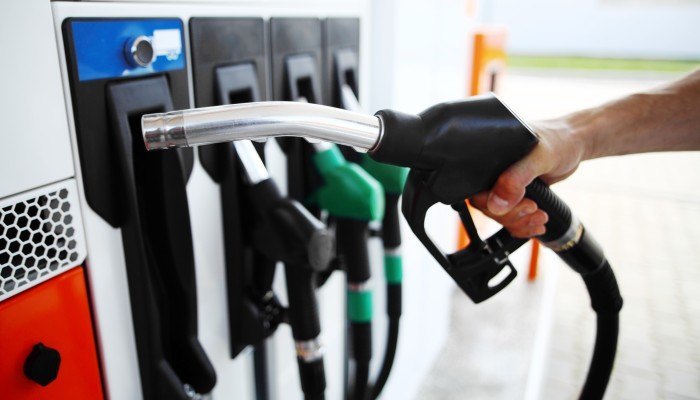 Are you spending up to 25 per cent more on fuel than your carmaker said you would? That is the assertion of one pressure group called T&E (Transport & Environment), which says manufacturers are cheating the fuel-test system and giving lower mpg and CO2 figures than they should.
Are you spending up to 25 per cent more on fuel than your carmaker said you would? That is the assertion of one pressure group called T&E (Transport & Environment), which says manufacturers are cheating the fuel-test system and giving lower mpg and CO2 figures than they should.
Last year CO2 figures for the EU dropped to 127g/km, equating to an average of 56.5mpg, which means that technically, the 2015 CO2 reduction targets (130g/km) have already been met.
However, Brussels-based T&E say that the 56mpg figure is actually 45mpg.
Greg Archer, Clean Vehicles Manager at T&E, said “The test procedures are a Swiss cheese, full of loopholes, that carmakers exploit to exaggerate improvements in fuel economy and emissions.”
T&E say that buyers cannot accurately compare vehicles, while manufacturers state the tests do in fact give consumers a reliable way to compare cars.
According to T&E, car firms use a variety of tricks to get the mpg figure down, including: angling wheels so less tyre is touching the road surface; cutting down wind resistance by taping over panel gaps; utilising super-low-friction oils in the gearbox and engine.
Dutch test outfit TNO stated in 2012 that car makers would use such methods to bring down the 'road load curve', a figure which would reduce a vehicle's CO2 and mpg figure.
As many of our vehicle recovery insurance customers might agree, such modifications do not reflect real world driving!
While the current tests may not be popular with some organisations, a new test is due to be implemented by the European Commission in 2017, which will better reflect actual road conditions. But T&E say manufacturers are pushing for a delay to the new fuel testing regime.




